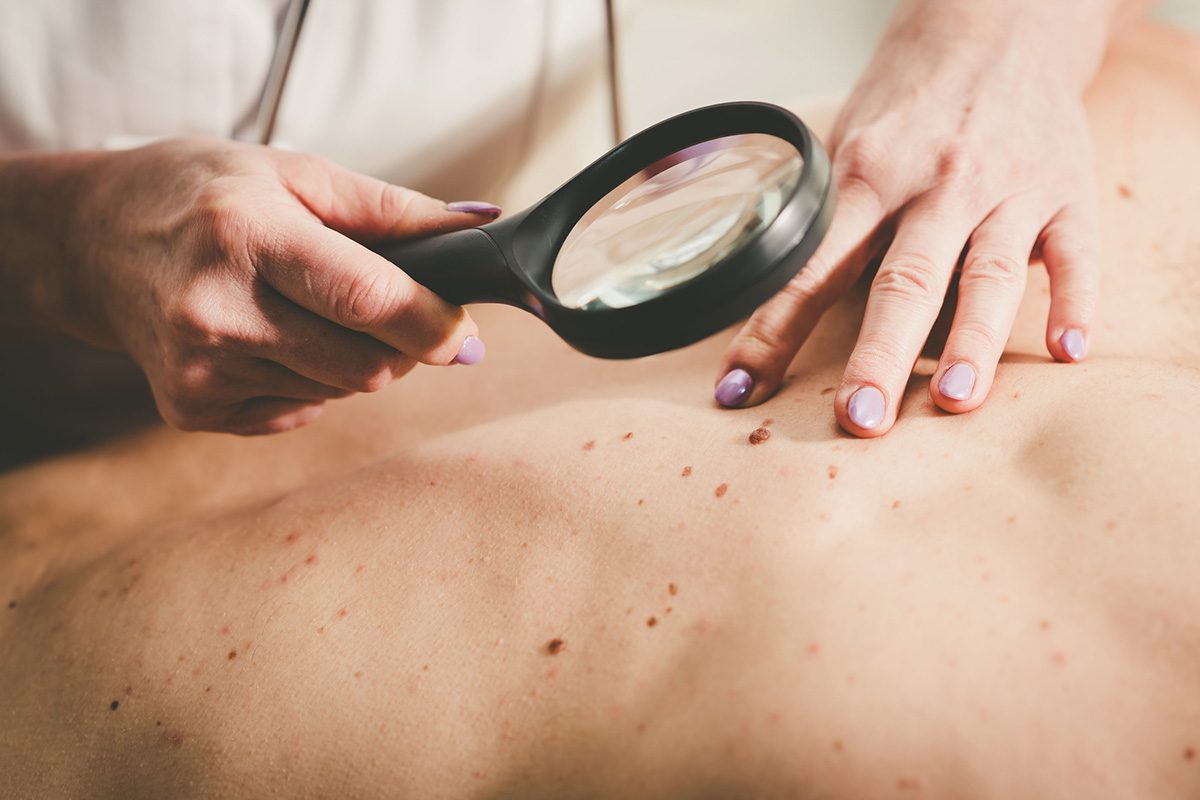Regular Dermatology Checkups May Have Saved My Life

We hear a lot about the importance of preventive medicine, and rightly so. Getting regular checkups with your doctor can help catch health problems early, when they are easiest to treat.
When we think of preventive medicine, we don’t always think about preventive dermatology, but we should.
About ten years ago I started seeing a dermatologist every year for a skin check. I’m at higher risk for skin cancer because it runs in my family. But really, the main reason I go is because my wife, Jodie, makes me do it. And, as it turns out, that was a really good idea!
Finding Out I Had Melanoma
I’ve had quite a few skin lesions removed that were a not-very-serious form of cancer called basal cell carcinoma. But at the end of 2021, the dermatologist’s physician assistant noticed a lesion on my scalp that concerned her, and they sent it for a biopsy. About a week later I learned that it was melanoma, the most serious form of skin cancer.
About Melanoma
Melanoma is extremely dangerous and aggressive. If it’s not treated early, it can spread to other organs, at which point treating it is a lot more challenging. And it can be deadly. In the United States in 2022, according to the Skin Cancer Foundation:
About 197,700 cases of melanoma will be diagnosed.
About 99,780 of those cases will be invasive, i.e., penetrating the outer layer of skin (the epidermis) and reaching the second layer (the dermis).
57,180 of those invasive cases will affect men and 42,600 will affect women.
About 7,560 people — 5,080 men and 2,750 women — will die of melanoma.
How My Melanoma Was Treated
I had an outpatient procedure in February 2022 to have the lesion removed from my scalp. The surgeon used a technique called Mohs surgery, which has a unique benefit: The surgeon can see exactly where the cancer stops, so they can make sure they’ve removed all the cancerous cells. This isn’t possible with other approaches for skin cancer surgery.
Because my cancer was found early, the dermatologist gave the surgery a 98 – 99 percent chance of success, and she was right! The surgery was successful; the surgeon got it all.
I usually play basketball twice a week, but I had to sit it out for a few weeks after my operation. That was a small price to pay to be cancer-free!
Watching Out for Melanoma
Melanoma lesions look a lot like moles, those little brown spots on your skin, which are caused by clusters of pigment-forming cells called melanocytes. Most people have 10 – 40 moles that first appear during childhood and adolescence.
Moles are usually harmless, but they can become cancerous. There are some signs that you and your dermatologist should watch out for, and the best way to remember them is with the letters ABCDE:
A. Asymmetry, or being irregular in shape
B. Having a Border that is irregular, notched, or scalloped
C. Changes in Color or an uneven distribution of color
D. Having a Diameter larger than a quarter of an inch
E. Evolving over time, changing in size or shape
Make an appointment with your doctor any time you notice any unusual skin changes. Don’t put it off — the consequences could be drastic.
Taking Care of Myself Now
I love spending time outdoors — running, hiking, and biking. But now that I’ve had melanoma, I’m at a higher risk of getting it again. And exposure to sunlight is a major risk factor for developing melanoma.
So I have to be really careful. I need to wear a hat and sunblock any time I spend a significant amount of time outside. And I need to visit the dermatologist every six months from now on.







